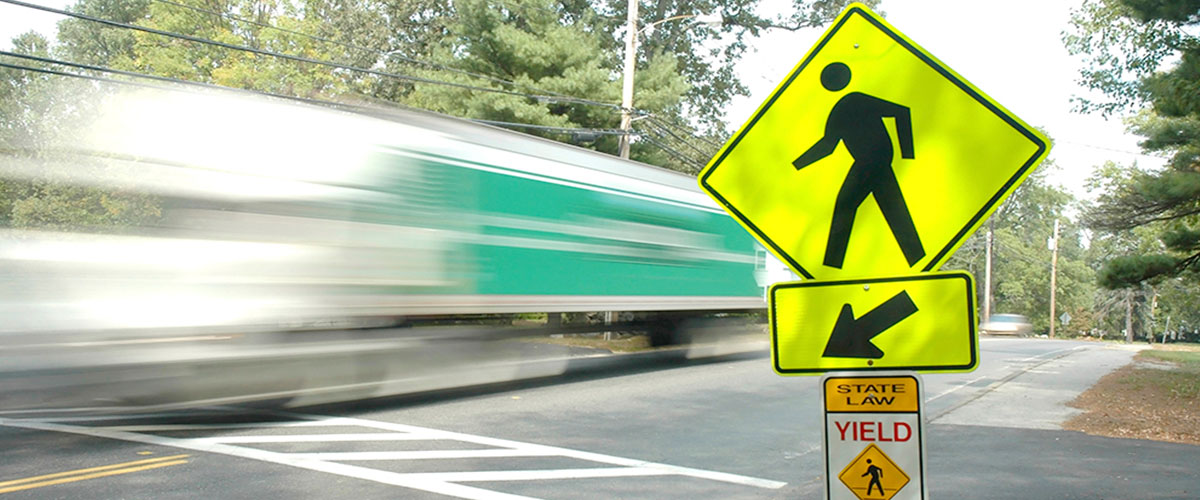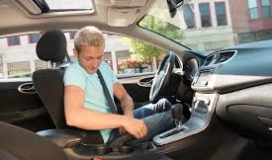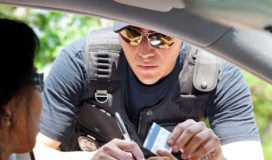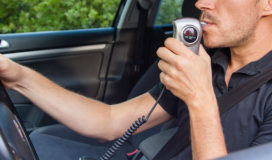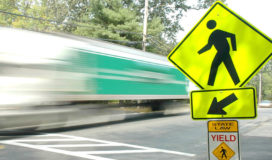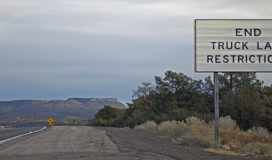What you need to know about Sacramento Crosswalk Laws
Pedestrian deaths comprise a significant percentage of the total deaths arising from traffic accidents in California. According to statistics, about 22% of all the traffic deaths in California result from pedestrian accidents.
The state implemented “Right-of-Way at Crosswalks” laws to help curb pedestrian accidents. The laws have to be adhered to by both motorists and pedestrians to avoid collisions arising from carelessness or other factors that may cause a crash.
The Right-of-Way issue in Section 21950(a) of the California Vehicle Code provides regulations for drivers and pedestrians to ensure safety for everyone.
A crosswalk is part of the roadway that is set apart for pedestrians when they are crossing streets. Crosswalk zones may be marked or unmarked. Most intersections in Sacramento streets have crosswalks.
Crosswalks are always marked with white lines. In some instances, however, they can be marked with yellow lines, especially at school crossings, while others contain flashing lights that warn drivers when a pedestrian is crossing. In zones containing crosswalks with flashing lights, drivers have to look out for any pedestrians and be ready to stop, even if the lights are not flashing. Whenever a sign or signal requires motorists to stop, they have to do so. To avoid any accidents, it is essential to give way to pedestrians entering or in the crosswalk. If you see a stop line before a crosswalk, it is good first to obey the stop line.
The California crosswalk laws state that pedestrians have the right-of-way in any crosswalks, whether marked or unmarked. However, pedestrians should also abide by all the road rules. Motorists approaching a crosswalk ought to be cautious and minimize their speed for the safety of the pedestrians.
Every Sacramento pedestrian, including the disabled, have a responsibility to be watchful and act reliably if they intend to cross a roadway. Drivers should also be alert and look out for pedestrians at intersections and for those trying to cross the roads in places with no intersections or crosswalks. In some particular instances, for example, when a blind person with a white cane is near to or crossing the roadway, drivers should take extra caution.
Additionally, in case a car is stopped at a crosswalk, other drivers should not pass them because they may be waiting for a pedestrian that is crossing.
In conclusion, both pedestrian and motorists should adhere to all traffic laws and practice the duty of care to other road users to ensure their own safety and those of others.


